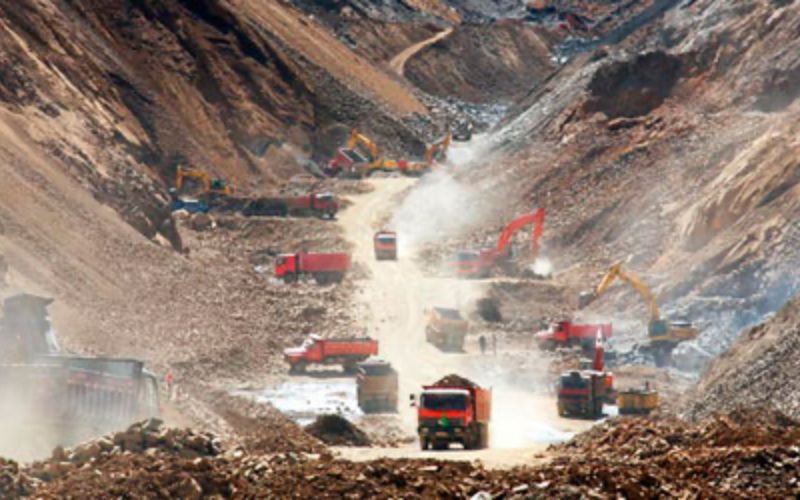
On July 14, China announced its decision to return a part of the largest national chromium mining operations area, situated in occupied Tibet, to its natural state. However, scrutiny has arisen as it appears that China's intentions may not be entirely altruistic. Despite claims of improved environmental standards, the mining operations in the region continue unabated. Moreover, the Chinese government plans to construct a new settlement for immigrant miners from China, further raising concerns about the true impact of the development on the region's delicate ecosystem and local communities.
Chusum county in Lhokha City, located in the Tibet autonomous region, is renowned on the plateau for its chromium output and hosts the Norbusa mining area of the ShanNan branch under the China Baowu Tibet Mining Company. Chromium is a critical element used to harden and polish steel and create stainless steel, has significant industrial importance. However, its extraction often results in ecological damage and environmental concerns.
The mining company claims to have embraced a green path, leading to its addition to the national green mining list in 2020. An investment of over 50 million yuan ($7 million) has been declared to renovate more than 63 hectares of previously mined-out areas. The company boasts of visible progress, with grass now growing in the restored regions and the planting of over 2,000 trees during the spring with the assistance of more than 120 workers.
Additionally, the use of chromium in steel production itself raises environmental concerns. While the company claims to be following a green development path, the extraction of chromium is known to be resource-intensive and can lead to pollution and ecosystem degradation.
The company has announced its forthcoming initiative to construct a residential community for its workers, complete with lawns, drainage systems, a sports field, and a parking lot.
China's extensive mining operations throughout the Tibetan Plateau are predominantly staffed by workers brought in from China, resulting in their significant presence in the local communities surrounding the mines. As a consequence, this influx of workers often attracts additional Chinese immigrants who establish various businesses, such as shops, restaurants, and various other services catering to the mining population.
Edited and collated by Team TRC